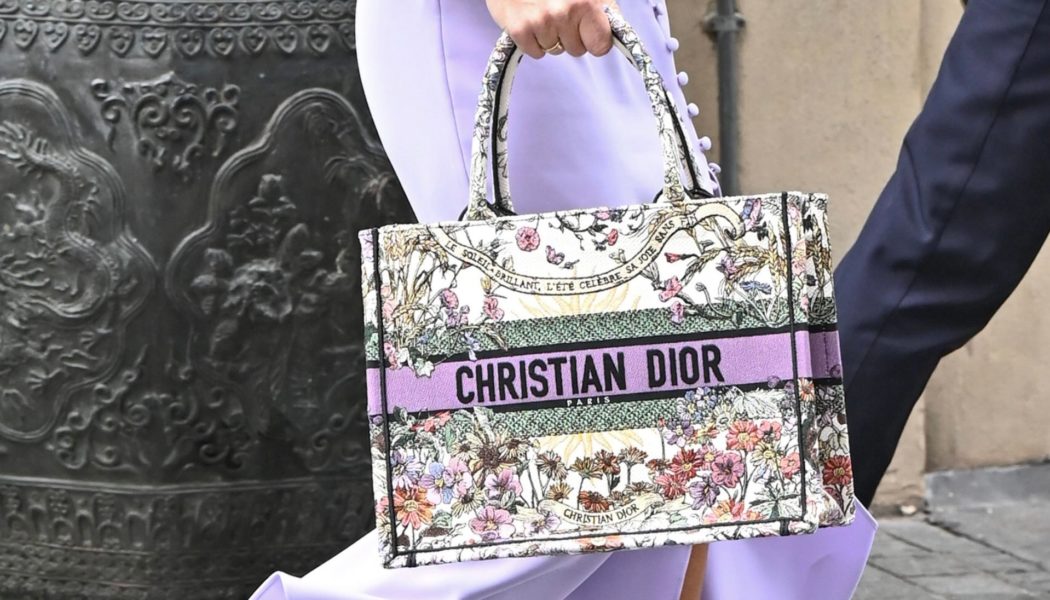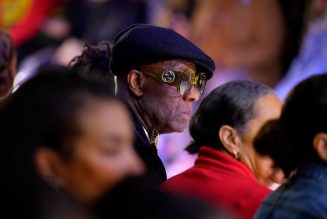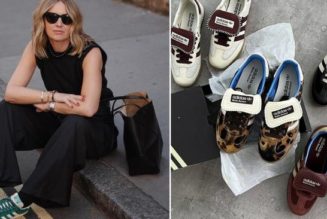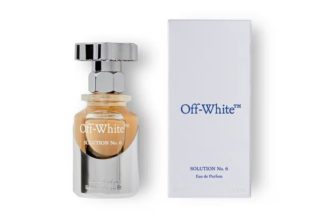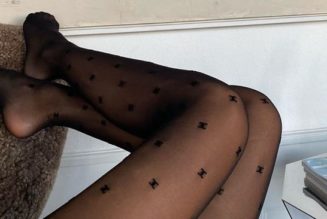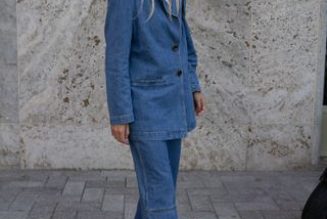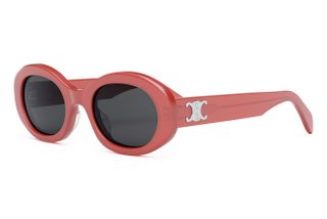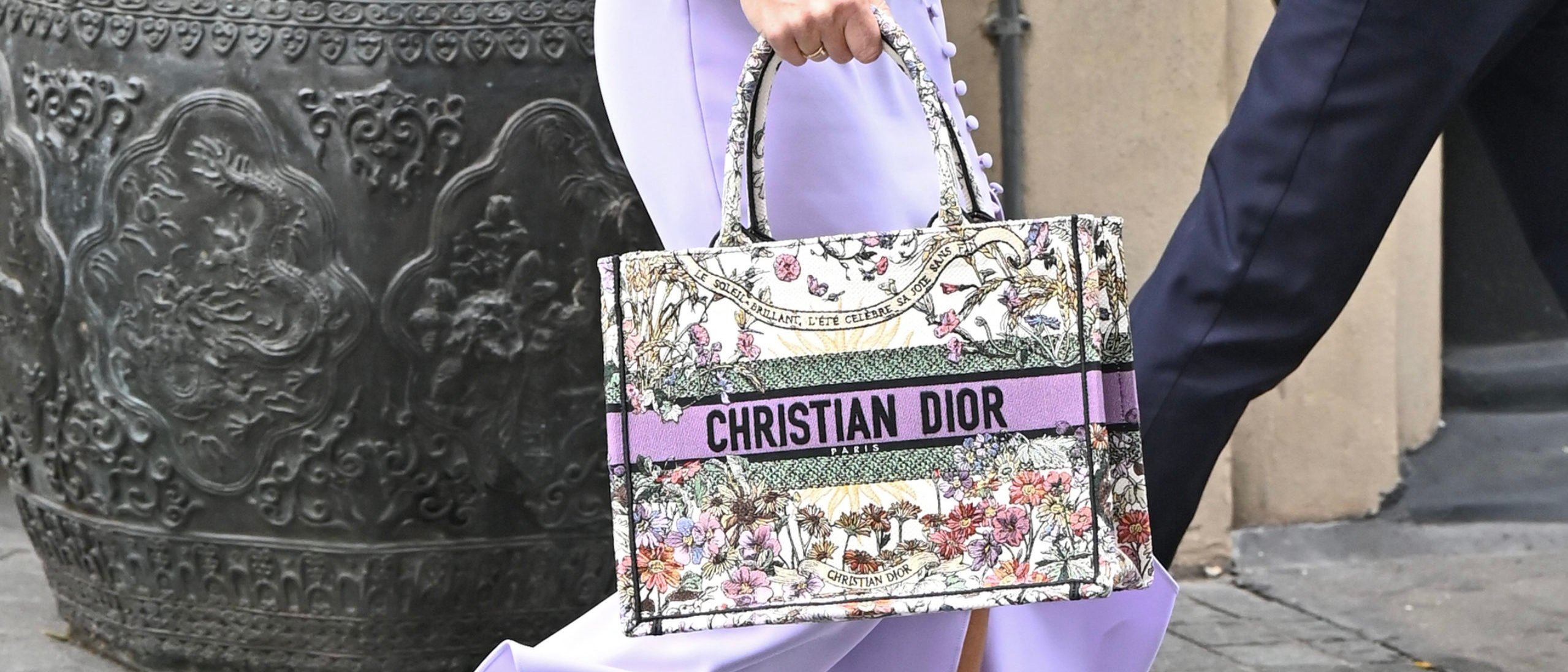
The jig is up: luxury fashion is all one big racket.
When you blow thousands on brands like Dior or Armani, you’re supposedly paying for the quality. Countless hours and specialist techniques go into making unique leather goods and clothing, or so we think.
It turns out they use low-priced sweatshop labor just like every other crappy brand, the New York Post reported. European legal filings allege that Dior pays $57 to make a signature handbag that it then sells for $2,780. Armani is slightly better, allegedly spending $270 to put out a $2,000 bag.
Even worse, Italian authorities charge that they use illegal immigrants to work long hours, including weekends and holidays, for off-the-books pay as low as $2 to $3 an hour. Sure, it’s sad these people are being exploited, but they shouldn’t be in Italy in the first place.
This almost certainly isn’t an isolated incident. More likely, this is just standard operating procedure for all luxury brands.
Nearly every luxury brand these days is owned by one of two companies: LVMH (Dior, Louis Vuitton, Fendi, Tiffany’s) or Kering (Gucci, Balenciaga, Saint Laurent). They’re all run as cutthroat businesses, with way more emphasis on corporate earnings than artistic vision. There’s a reason LVMH CEO Bernard Arnault is the richest man in the world.
So it’s no surprise they all converged in style.
I saw this trend start to emerge over a decade ago when I was a student at Michigan State. We had an enormous (and enormously wealthy) Chinese international student body. The joke on campus was that any Chinese student who wasn’t even smart enough to buy their way into Yale wound up at Michigan State. Custom Lamborghinis and Birkin bags were common sights on campus.
But as clothes went, it was all the same: ultra-luxe streetwear came to dominate the day. Think $2,500 tracksuits from brands that used to be known for runway couture. Fast forward a decade, and that look is everywhere.
Chinese culture is obsessed with status-chasing. Status-conscious consumers want everyone to know they’re carrying brands like Dior or Armani — and that’s just about all they care about. Optics take precedence over quality. Additionally, China’s booming economy has increasingly provided the country’s ruling elite the means to purchase more luxury goods than they could ever fit in 10 homes. In 2019, China made up just 11% of the global luxury goods market. By 2024, they now dominate 35%.
Brand conglomerates know all this. They’re bottlenecking all of their production towards Chinese tastes, which is why we see brands known for both women’s haute couture and elite men’s tailoring converge in tacky streetwear styles. It’s also why quality is on the decline; they know the optics of brand recognition matter way more than true craftsmanship. Slap a giant logo on a $57 bag and you’ll make a killing.
It’s well past time for luxury goods to die a painful death. At this point, it’s a matter of national honor.
